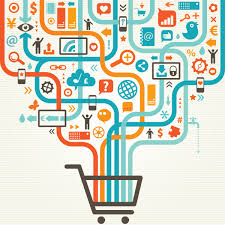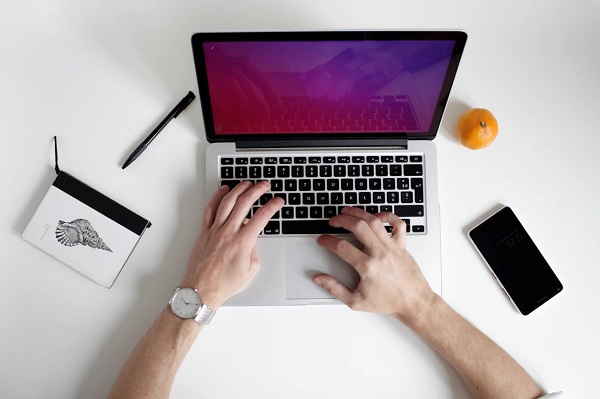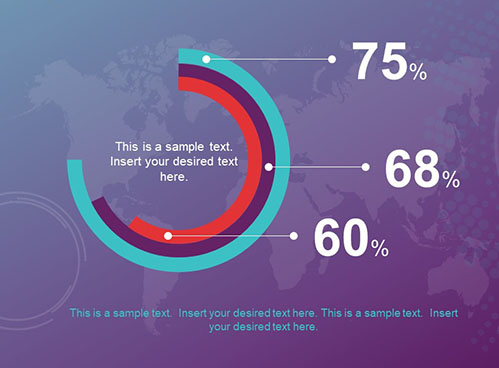I was in New York recently, it was — 13°C, on a January morning. Being woefully unprepared for the cold, I immediately walked into the Uniqlo store on Fifth Avenue to check out their Heattech vests, long johns and socks. Much to my dismay, their long johns were out of stock and so I had to settle for a pair of thin sweatpants.
After an hour, I came across another Uniqlo store. I decided to check if they had long johns in stock. They did, but only in white. I asked the stores sales associate whether they had them in black.
Another young guy from the UK, who stood right behind me, asked the associate the same question, and then mumbled to me, “Who wears white?” While the associate went to check on the stock, a young African-American guy, and a 60-year-old Japanese woman were also looking for the black long johns. ‘’By the way,’’ the associate came back and replied, “our black long johns are sold out.”
No doubt the sudden cold weather in January induced a demand for long johns at Uniqlo. But why especially in black? Why was everyone, regardless of gender, age and ethnicity, looking for one colour instead of another?
How universal are tastes? Are tastes really different across geographies? And how is it possible to predict what a person might like?
A person’s choices reflect their tastes. A peek into someone’s wardrobe will reveal common taste preferences.
For example, a dominance of black with an accent on bright colours, or, say, a preference for dresses with cowl necks. To add to this, their choices in books (period romance and science fiction and fantasy,), TV shows (Suits, The Good Wife and Downton Abbey), and restaurants (Cafe Zoe, and Tiffin, in Mumbai); put them all together, and a very clear taste profile begins to emerge. The knowledge of these ‘taste points’ can help businesses, a retailer or a bank, engage with their customers in a better and more relevant way.
Think about it. What if:
A bank that sends four mailers in three days could send out only those travel and dining offers that are relevant to customer A? (Incidentally, while I was penning this, I received an email from a bank that offered me discounts at 1,500 restaurants!)
A hotel could personalise a stay, and make the right suggestion to a family with an eight-year-old daughter?
Or a retailer could distil just the right product for customer B from the hundreds of products in his store?
A study* showed that an average household had signed up for 18.4 loyalty programmes, but actively participated in just 8.4. The study also showed that 80 per cent of customers would switch stores or brands if there was an exciting offer.
Right customer engagement
Ultra-personalisation, understanding customers and talking to them about products and services they are interested in is a very powerful way to move from a loyalty programme that’s become table stakes, to a programme that truly engages customer and drives revenues. Digital companies such as Amazon and Netflix understand that. Amazon gets a third of its revenues from the recommendations it makes. Over 75 per cent of what viewers watch is content that Netflix suggests{+*}{+*}. Clearly, it is beneficial to understand customers and guide choices to those they might like.
Ten years ago, the ability to process data was limited and it required humans to understand other humans (mom-and-pop stores excelled at that, but the model was not very scalable). Now, the ability to process huge amounts of real time data and the ubiquity of mobile phones has made it possible for enterprises to reach their customers at the right time with the right choice.
Those who saw the movie Minority Report will remember a depiction of the future where billboards and newspapers identified Tom Cruise and offered personalised ads. (That is an exaggerated version of the future!)
Big data specialists are employing a new approach that uses customer’s choices, say, that cowl neck dress or a movie or TV show that customer S likes – to determine what else she might like.
The beauty of this approach is that you do not need to know who the customer is, you just need to know their past purchase data.
This approach is especially useful for large stores who are unable to identify a customer when she walks into store. Now there is a way to do so. The customer’s observed preferences, say, the three pairs of shoes that they try on, can help a sales associate, with the help of apps powered by sophisticated algorithms, suggest other pairs she might like.
This next generation choice engine can enable retailers to serendipitously offer products to customers based on their tastes, past behaviour, context and influences.
Driving results with guided choice
Tapping into consumer behaviour and tastes is finding acceptance across industries and can provide some startling results. Illustratively, a major hotel chain in the UK saw:
55 per cent increase in the number of repeat customers
15 per cent more conversions from direct booking (as opposed to through online travel agencies)
18 per cent more repeat visits per customer
Clearly, it pays to guide choices. Striking the right balance between privacy and ultra-personalisation to serve limited but highly relevant choices is the future of modern customer engagement. Without big data analytics this quest would be futile. However, with the right solutions, customer engagement will move to a whole new level based on genuine customer behaviour, tastes, influences and context.
*Colloquy Loyalty Census
** McKinsey study on choice engines
This article originally appeared here. Republished with permission from the author. Submit your copyright complaints here.








![60 stats & trends that will define the future of eCommerce [Infographic]](https://crayondata.ai/wp-content/uploads/2022/05/eCom-374x288-1.png)
